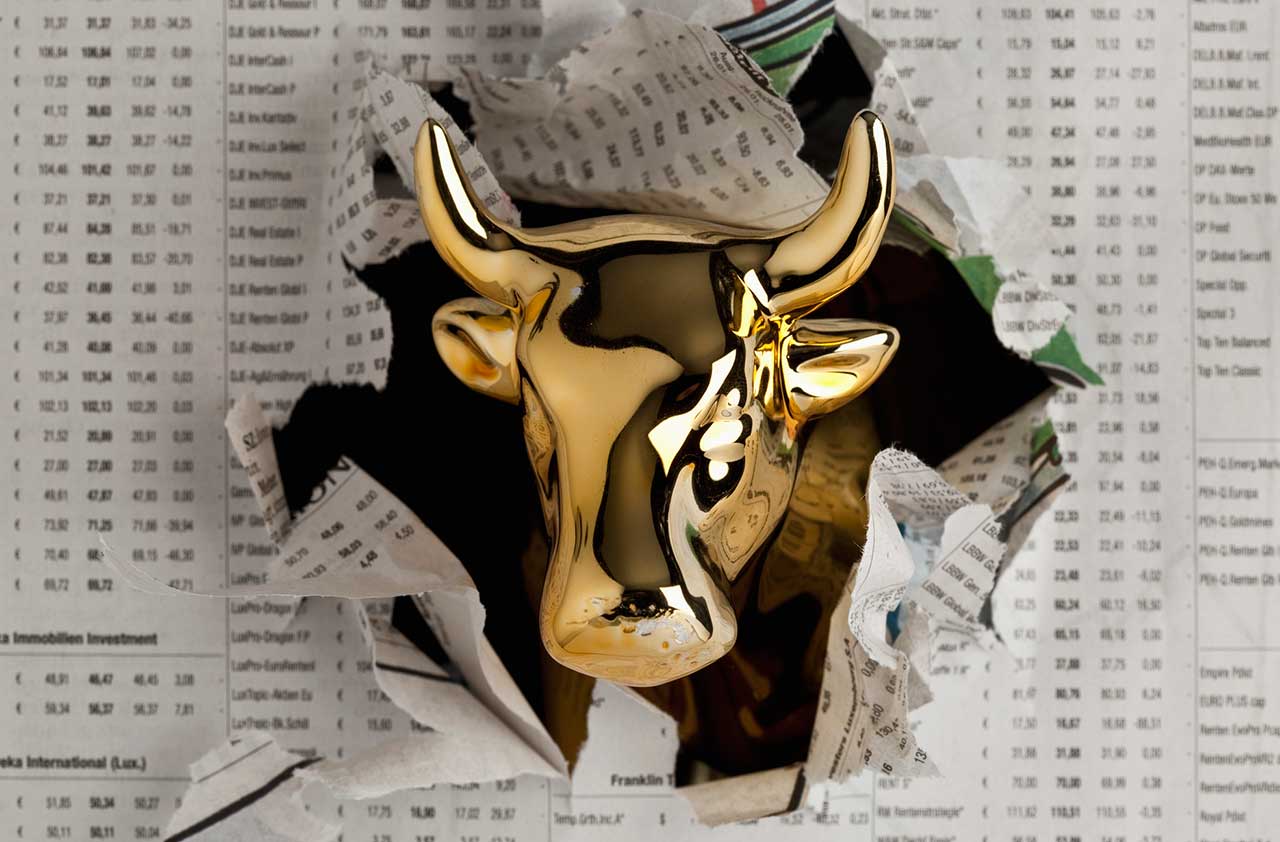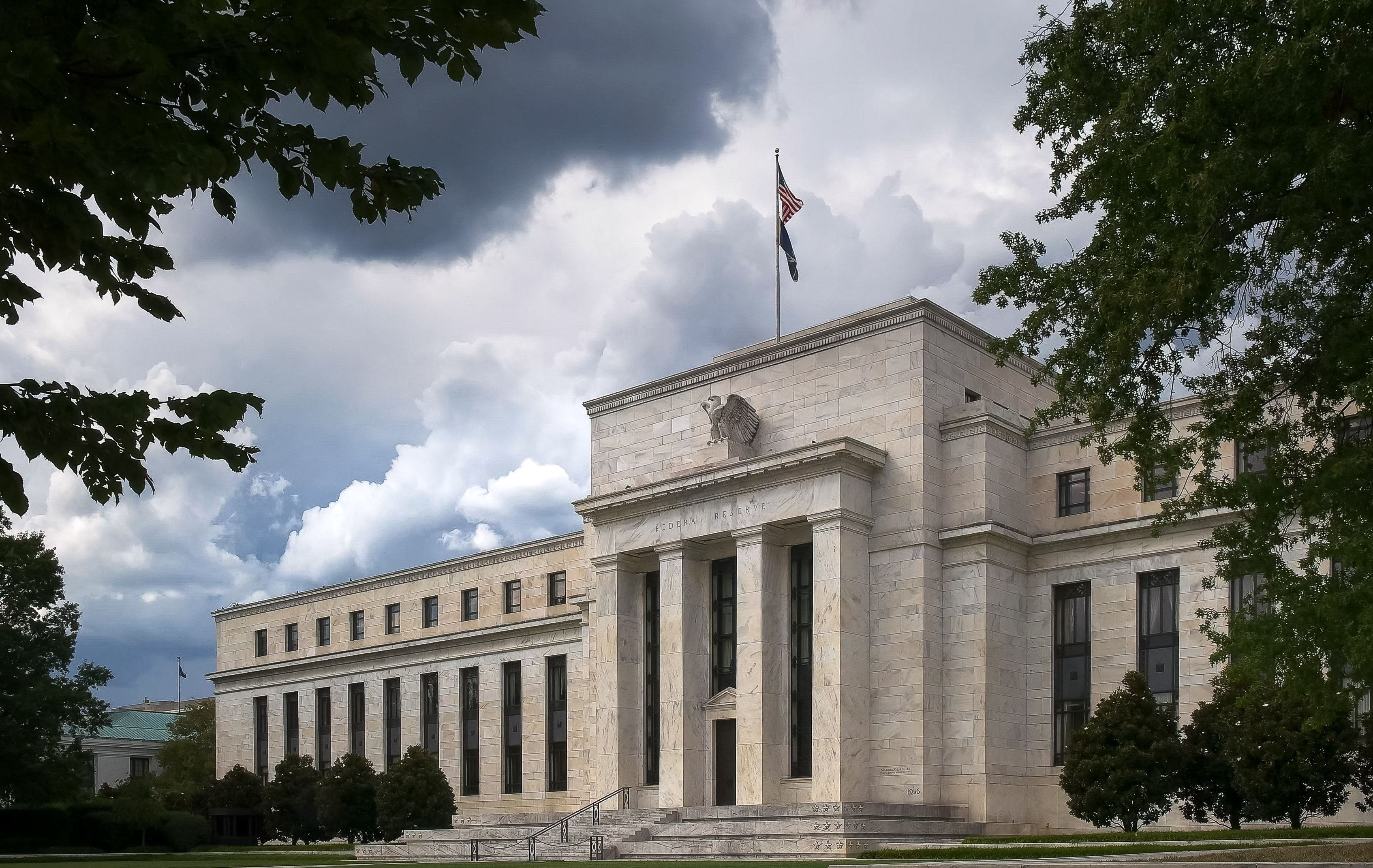The Bull Market Isn't in Danger of Ending Yet
But the relentless stock melt-up can't last forever. Watch for these warning signs that the rally is coming to an end.


The stock market is on fire. In the first two weeks of the year, Standard & Poor's 500-stock index rose 4.3%. That's almost half an average year's advance in the index in just nine trading days, and it brings its 12-month gain to a sizzling 24.9%.
Is the market likely to go higher or are we near the end? No one can say for sure, but I don't think we're on the verge of another awful bear market—at least not right away. But watch this ongoing stock market melt-up carefully. It could very well be followed by a painful meltdown.
The S&P 500 currently trades at 20.5 times the consensus of analysts' estimated earnings for the coming 12 months. That's higher than any price-earnings ratio since World War II except for the 1990s, when the S&P's P/E approached 30.
From just $107.88 $24.99 for Kiplinger Personal Finance
Become a smarter, better informed investor. Subscribe from just $107.88 $24.99, plus get up to 4 Special Issues

Sign up for Kiplinger’s Free Newsletters
Profit and prosper with the best of expert advice on investing, taxes, retirement, personal finance and more - straight to your e-mail.
Profit and prosper with the best of expert advice - straight to your e-mail.
But there are reasons to remain optimistic for now. Technical analysts, who look at the market's behavior to predict what comes next, are remarkably bullish. Jim Stack, president of InvesTech Research, notes that the current advance is extremely broad; that is, many more stocks are rising and making new 52-week highs than are falling. Moreover, most stock indexes—not just the S&P—have surged to new record highs. Doug Ramsey, chief investment officer at the Leuthold Group, writes, "It's difficult to characterize the technical work as anything but bullish for the short term."
Why the bull market should keep going for now
Bear markets almost never happen unless a recession is right around the corner. Stack notes that the economy's leading indicators—those that tend to predict the direction of the economy—are almost all bullish.
A key lesson from 2017: Politics usually doesn't matter all that much to the stock market. It's dry economic news and corporate earnings that drive stock prices. President Donald Trump remains unpopular, but consumer confidence soared to a 17-year high late last year, and a host of other economic indicators displayed similarly healthy readings. Even a government shutdown, so long as it's relatively short-lived, is unlikely to have any lasting impact on stock prices.
Corporate earnings for the fourth quarter of 2017 are expected to show a 12% increase over the same quarter in 2016. And the corporate tax cut will boost 2018 earnings, which were already predicted to be healthy.
Equally important, economies around the globe look healthy: All 45 of the world's largest economies grew last year—something that almost never happens. Indeed, foreign stocks are beating U.S. stocks. The MSCI EAFE index of foreign stocks in developed markets climbed 28% in the past 12 months, and the MSCI Emerging Markets index soared 39.1%. (All returns are through Jan. 12 unless otherwise indicated.)
Factors that could derail the bull market
What could go wrong? Unfortunately, plenty. Start with the Federal Reserve, which is expected to raise interest rates three times this year. The Fed wants to see inflation stay around 2%; it's currently at 2.1%, but until very recently, it had been lower. But inflation has a way of overshooting policymakers' goals. If inflation were to perk up, the Fed would certainly hike rates faster and further—and that alone could well choke off the bull market.
Technical and leading economic indicators, moreover, can change direction quickly for any number of reasons. Among them: the aforementioned higher interest rates. Or, if the rhetoric with North Korea erupts into a shooting war. (Hawaii was recently rattled by an errant missile alert.) Or, if China's economy suffers major problems. Or, selling could bleed into other markets if the bitcoin bubble bursts.
Bull market tops, Ramsey points out, tend to be gentle, rounded affairs. Investors begin to cling to a handful of shares, avoiding weaker companies, the economic indicators start to worsen, and the market begins to fall.
What to do when the bear rears its head
Even when all that starts to happen, as it inevitably will, I wouldn't recommend that anyone panic and sell all their stocks. Normally, I'm a buy-and-hold investor. If you sell and the market keeps climbing, it's incredibly difficult to get back in. But that doesn't mean you shouldn't trim maybe 10% or 20% of your stock holdings when the outlook begins to darken.
Why? The current bull market is the second longest on record, with a cumulative return of 396.4% since it began March 10, 2009. Stack notes that almost every bear market has brought a loss of more than half the gain of the preceding bull market. So the higher the market climbs—and this bull market has climbed mightily—the farther it has to fall. Elevated P/Es, moreover, often lead to deep bear markets. In sum, the next bear market, whenever it comes, doesn't sound like it'll be a lot of fun.
Steven Goldberg is an investment adviser in the Washington, D.C., area.
Profit and prosper with the best of Kiplinger's advice on investing, taxes, retirement, personal finance and much more. Delivered daily. Enter your email in the box and click Sign Me Up.

-
 It's Beginning to Look a Lot Like a Santa Rally: Stock Market Today
It's Beginning to Look a Lot Like a Santa Rally: Stock Market TodayInvestors, traders and speculators are beginning to like the looks of a potential year-end rally.
-
 The 2026 Retirement Catch-Up Curveball: What High Earners Over 50 Need to Know Now
The 2026 Retirement Catch-Up Curveball: What High Earners Over 50 Need to Know NowUnlock the secrets of the 2026 retirement catch-up provisions: A must-read for high earners aged 50 and above.
-
 How Much a $100K Jumbo CD Earns You
How Much a $100K Jumbo CD Earns YouYou might be surprised at how fast a jumbo CD helps you reach your goals.
-
 What the Rich Know About Investing That You Don't
What the Rich Know About Investing That You Don'tPeople like Warren Buffett become people like Warren Buffett by following basic rules and being disciplined. Here's how to accumulate real wealth.
-
 How to Invest for Rising Data Integrity Risk
How to Invest for Rising Data Integrity RiskAmid a broad assault on venerable institutions, President Trump has targeted agencies responsible for data critical to markets. How should investors respond?
-
 What Tariffs Mean for Your Sector Exposure
What Tariffs Mean for Your Sector ExposureNew, higher and changing tariffs will ripple through the economy and into share prices for many quarters to come.
-
 How to Invest for Fall Rate Cuts by the Fed
How to Invest for Fall Rate Cuts by the FedThe probability the Fed cuts interest rates by 25 basis points in October is now greater than 90%.
-
 Are Buffett and Berkshire About to Bail on Kraft Heinz Stock?
Are Buffett and Berkshire About to Bail on Kraft Heinz Stock?Warren Buffett and Berkshire Hathaway own a lot of Kraft Heinz stock, so what happens when they decide to sell KHC?
-
 How the Stock Market Performed in the First 6 Months of Trump's Second Term
How the Stock Market Performed in the First 6 Months of Trump's Second TermSix months after President Donald Trump's inauguration, take a look at how the stock market has performed.
-
 Fed Leaves Rates Unchanged: What the Experts Are Saying
Fed Leaves Rates Unchanged: What the Experts Are SayingFederal Reserve As widely expected, the Federal Open Market Committee took a 'wait-and-see' approach toward borrowing costs.
-
 Fed Sees Fewer Rate Cuts in 2025: What the Experts Are Saying
Fed Sees Fewer Rate Cuts in 2025: What the Experts Are SayingFederal Reserve The Federal Reserve cut interest rates as expected, but the future path of borrowing costs became more opaque.